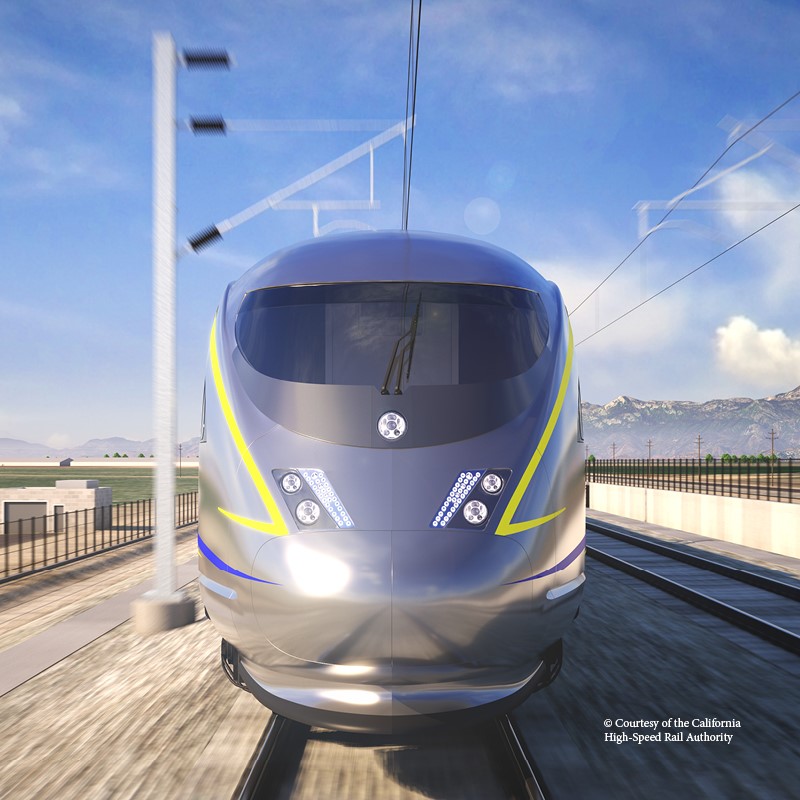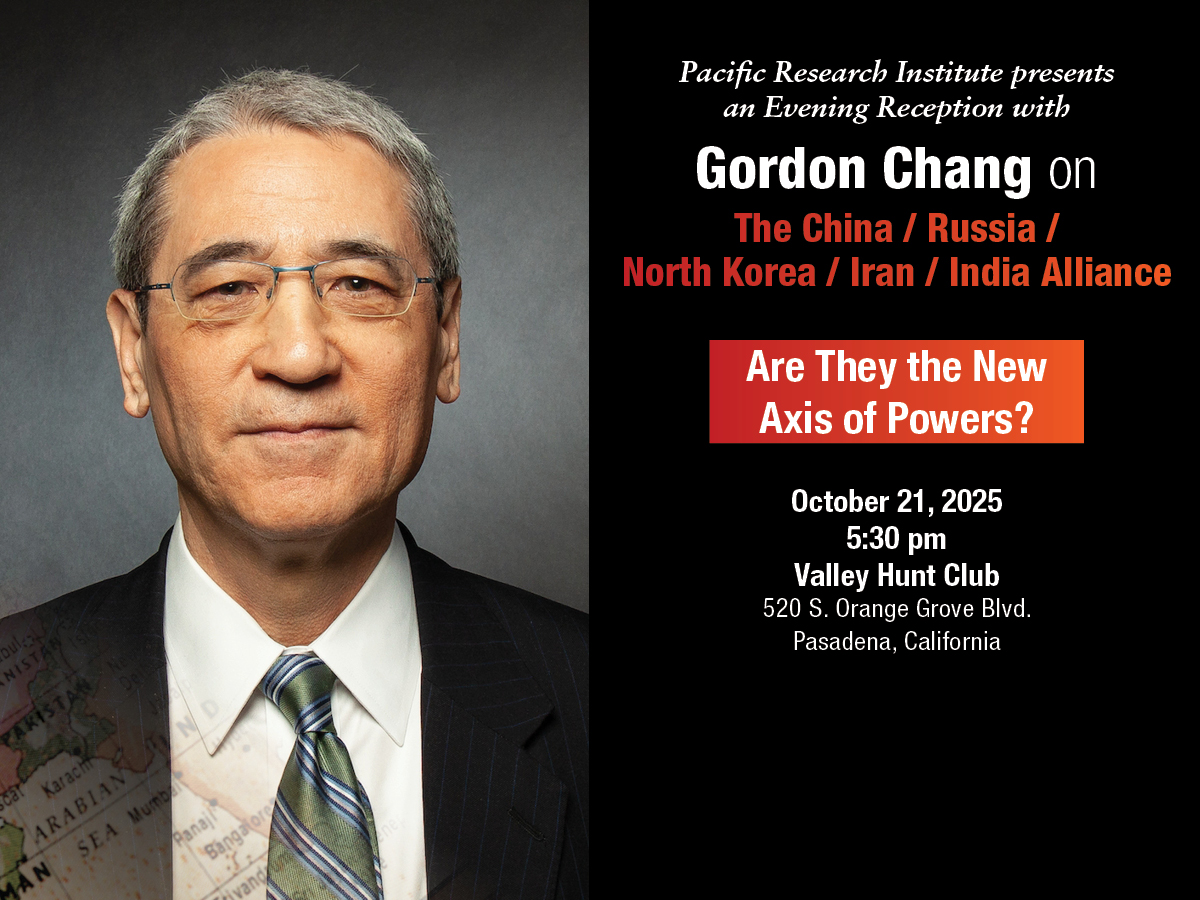Unfortunately, California officials pay no attention to sunk costs, which are reflected in the spending for the California High Speed Rail System. If there is a classic lesson regarding “sunk costs,” the ongoing project of building a bullet train from San Francisco to Los Angeles is the poster child. Yet, the spending continues unabated.
If one tries to make sense of an exercise in spending billions of dollars for a Train to Nowhere, one cannot use conventional financial logic. There is a logical process at work, but it is a logic of a different sort than what appeals to a typical reader of this page. Political logic, especially in a state like California where progressive politics dominates, veers sharply from economic and business logic.
For one thing, political logic assesses projects like a railroad differently than we would see in the business world. Compare the building of the California bullet train with the transcontinental railroad constructed by James J. Hill’s Northern Pacific Railway in the late 1800s. Hill was interested in making a profit, which meant that the revenues from hauling freight and people had to be greater than the cost of his operation.
Thus, Hill built the railroad in sections, depending on economic development along the way to ensure a market for his enterprise since he took no government subsidies. In the end, his railroad survived economic downturns while other railroads (that often took government subsidies) went bankrupt. Normal economic constraints helped determine where the lines would go and how Hill would develop his railroad.
Contrast this situation with the California bullet train, which, given its costs, could never hope to be profitable. Indeed, no private entity would take on such a project. Even given all the features the bullet train would have, no potential passenger would be willing to pay the necessary fare that would be required for the train, once completed, to turn a profit. (I add that no one, not even former Gov. Jerry Brown, who strongly supported the bullet train concept since his first terms as governor, has claimed this could be profitable. It always has been understood that the train would lose money.)
Most people accept that public transportation in the United States – and especially passenger rail – are not profitable. The only Amtrak lines that come close to breaking even are in the Northeast Corridor, serving one of the most densely populated areas in the country. The other Amtrak lines elsewhere in the country lose substantial amounts of money, including the various Amtrak routes in California.
Is the train already providing economic benefits?
While discussing the bullet train’s problems with a state employee several years ago, she exclaimed, “But we need trains!” However, most of the area serviced by current passenger rail in California already covers the area where the bullet train is scheduled to be constructed. Moreover, those trains already are in operation and it likely will be a decade before even the first leg – Bakersfield to Merced – is ready for operation.
While much press has been centered upon the fact that $11 billion has been spent on this project and there is precious little to show for it – a concrete viaduct that is all of 0.3 miles long – the California High-Speed Rail Authority is full of self-congratulations for simply spending the money.
Brags the agency in a press release:
New data released today by the California High-Speed Rail Authority shows investments in this first-in-the-nation project are continuing to provide billions in economic benefit to the state. The Authority’s 2023 Economic Impact Analysis Report shows the California high-speed rail project continues to be a proven job creator that bolsters the local economy, particularly disadvantaged communities.
In other words, the real value of this project, at least so far, is that the state has spent more than $11 billion. While no doubt a government official would mistake this kind of spending as the creation of real wealth, it is another example of Frederic Bastiat’s Broken Window Fallacy.
Had California officials simply taken $11 billion from the state treasury and randomly distributed it in the Central Valley and elsewhere, it would have been a less-destructive exercise than spending the money on legal fees, office work and construction. While such a statement seems to be counterintuitive, it is nonetheless true.
Rail officials have emphasized that people in California received money as though it were manna from heaven. Instead, this is money that was borrowed and will be paid back by future taxes. This is a real cost that rail officials and their supporters fail to acknowledge, as not only do we have capital goods that clearly are uneconomic, but their very creation directs people from those investments that might be profitable.
What to do
Continuing an uneconomic project because of earlier spending is unique to politics. No California governor wants to pull the plug on this pipe dream. When his term is over, Gov. Gavin Newsom will hand off this fiasco to his Democratic successor, just as Jerry Brown handed it to him and Arnold Schwarzenegger handed it to Brown.
If it has taken 16 years from the original public approval of this project to construct three-tenths of a mile viaduct, one only can imagine how ridiculous things will be in another decade. Politicians often present gargantuan, uneconomic projects as emblematic – high-speed electric rail symbolizing the state’s “fight” against climate change – and California politicians are adept as anyone at being symbolic. But a very short “viaduct to nowhere” is even beyond anything we have seen when it comes to wasteful government.
The California bullet train was conceived with grandiose promises, but continues to fall short. At what point will California lawmakers just accept these sunk costs and move on?
William L. Anderson is an editor with the Mises Institute and Emeritus Professor of Economics at Frostburg State University, Frostburg, Md. He lives in California.


